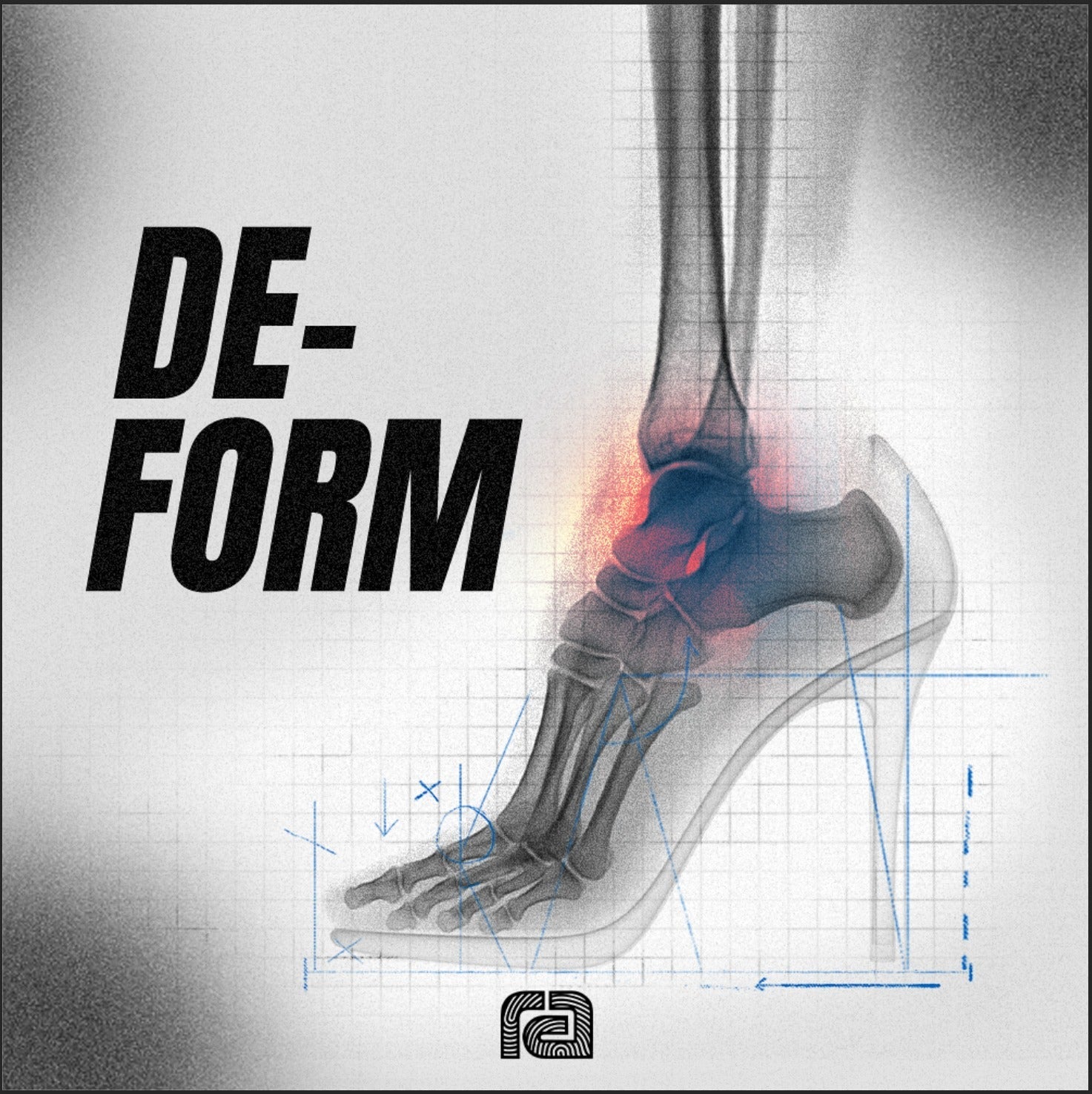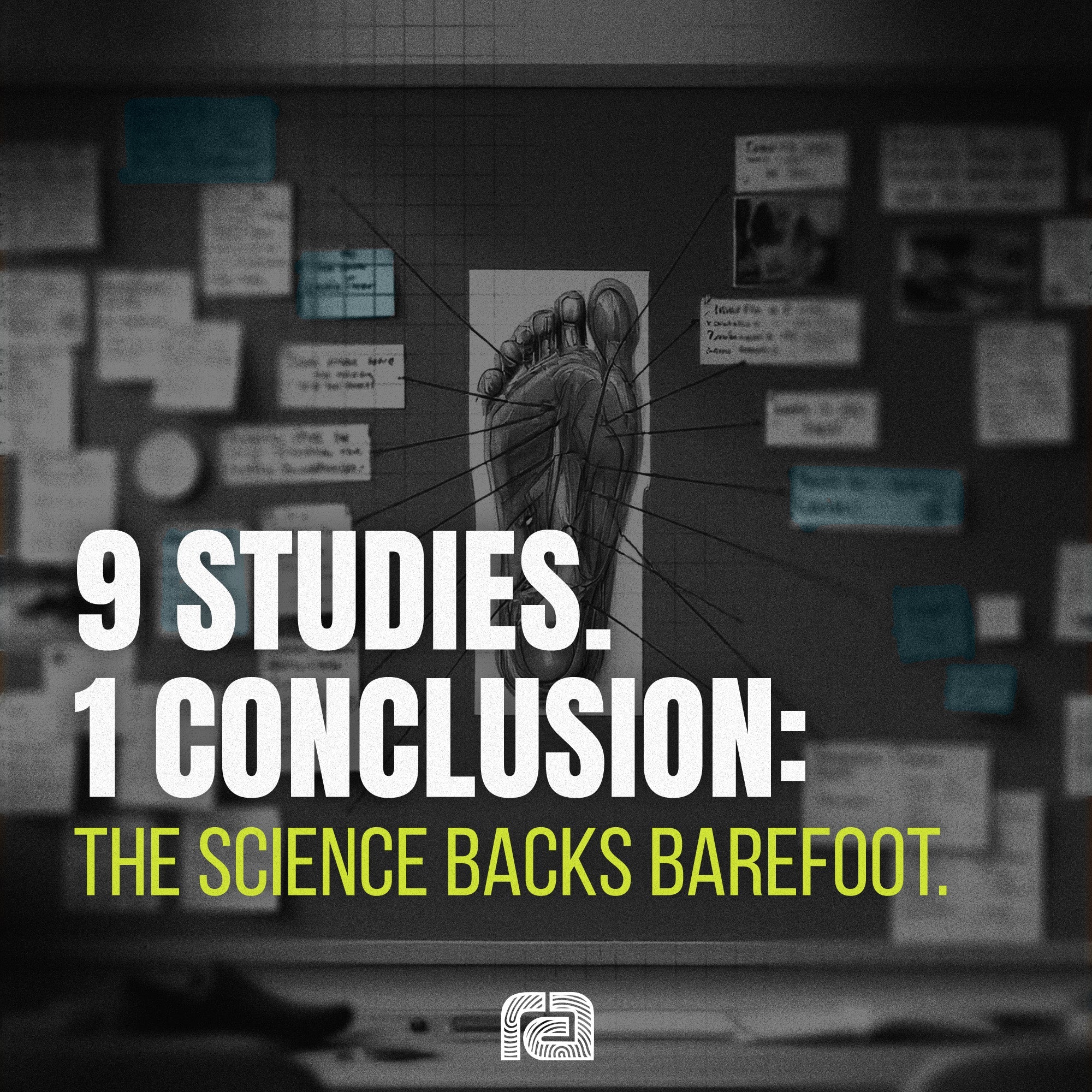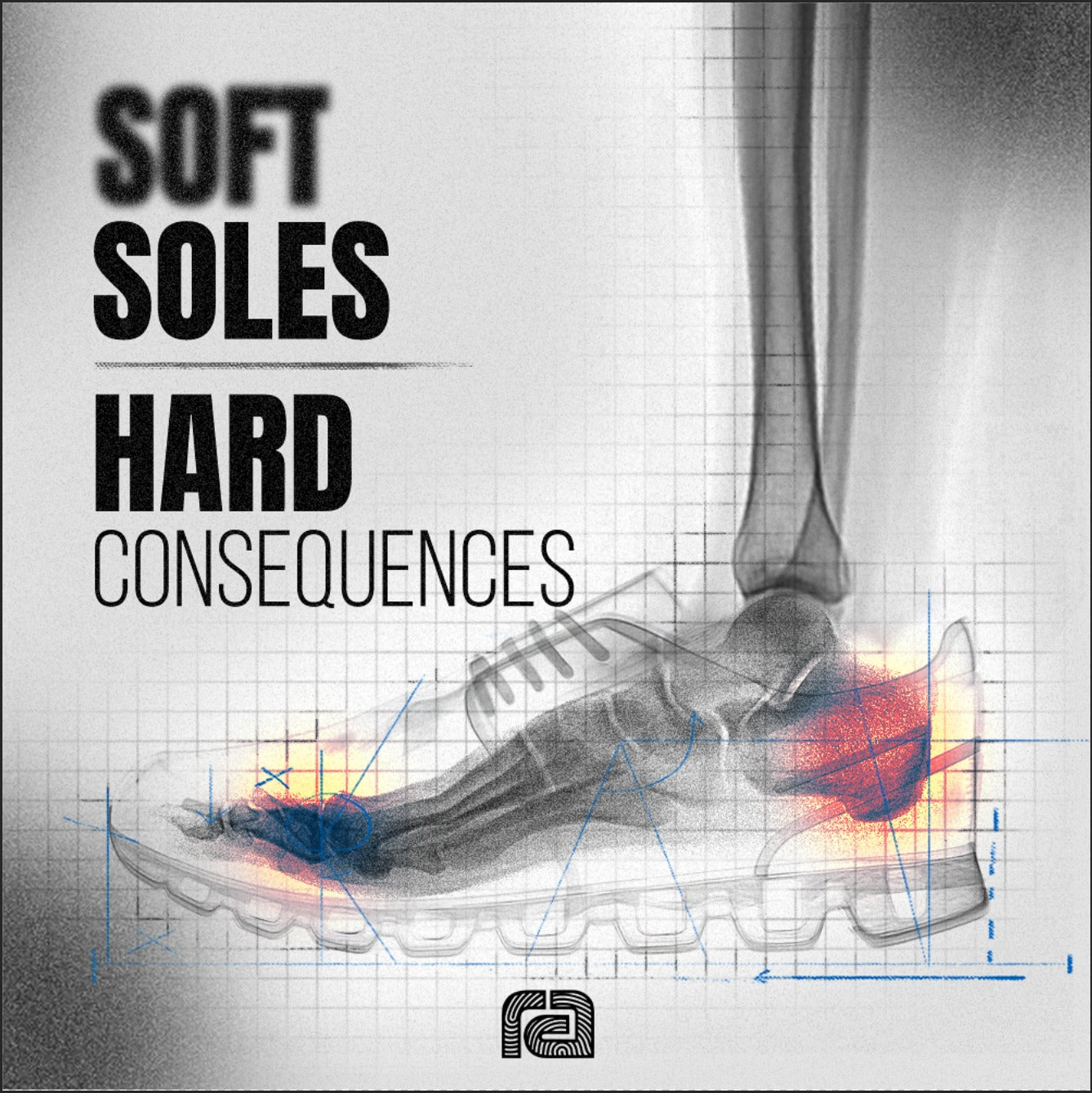
How Footwear Changes Your Feet, Even When You Don’t Feel It
Science shows the shoes you wear shape the way your body works. Discover how everyday shoes narrow foot shape and raise injury risk and what to wear instead.
Introduction
Shoes actively shape your feet.
Recent biomechanical studies reveal that conventional footwear can change the structure and function of your feet over time whether you notice it or not. These changes aren’t just cosmetic. They affect balance, strength, and injury risk across your entire lower body.
What the Research Shows
Multiple comparative studies looked at habitually barefoot vs. habitually cushioned populations in Kenya, India, and Belgium. The findings are consistent and clear:
-
-
-
-
-
-
Barefoot individuals had stronger, wider, and more flexible feet
-
Cushioned individuals had narrower feet, lower arch strength, and more concentrated pressure points
-
Indian participants wearing simpler footwear had feet that were intermediate in shape and function—suggesting the more intrusive the footwear, the more significant the change
-
-
-
-
-
“The more intrusive the shoe, the more it distorts the foot’s natural structure—and its function.”
— Notre Dame Biomechanics Lab summary
Even short-term studies showed rapid impact. In one case, teenagers wearing conventional shoes for just 6 weeks developed measurable reductions in foot width and splay—proof that footwear can start reshaping the foot within weeks.
Why This Matters
The foot isn’t a passive structure. It’s a biomechanical marvel made of 26 bones, 33 joints, and over 100 muscles, tendons, and ligaments. Restrict its motion, and everything up the chain ankles, knees, hips compensates. That’s where injuries often begin.
Form affects function.
Function affects performance.
And shoes affect both.
The Real Foot vs. The Cushioned Foot
Natural feet are:
-
-
-
-
-
-
-
Wider, especially at the forefoot
-
More stable during gait
-
Better at force distribution
- Less injury-prone in real-world conditions
-
-
-
-
-
-
Conventional footwear changes:
-
-
-
-
-
-
-
Foot arch dynamics
-
Toe splay and load zones
-
Overall posture and balance
-
-
-
-
-
-
This isn’t theoretical; it's visible in pressure maps, anatomical scans, and performance metrics across multiple cultures.
Don’t Ditch Shoes. Rebuild Them.
This doesn’t mean everyone should throw away their footwear. It means the right footwear should support natural structure, not override it. That’s where barefoot footwear enters not just as a category, but as a philosophy.
-
-
-
-
-
-
-
Wider toe boxes
-
Zero-drop platforms
-
Flexible soles
- No overbuilt arch support or heel counters
-
-
-
-
-
-
These aren’t trends. They’re how you preserve—and restore—the foot’s true form and function.
Conclusion
Your foot is shaped by what surrounds it.
They don’t just pad your step. They rewire your foundation.




